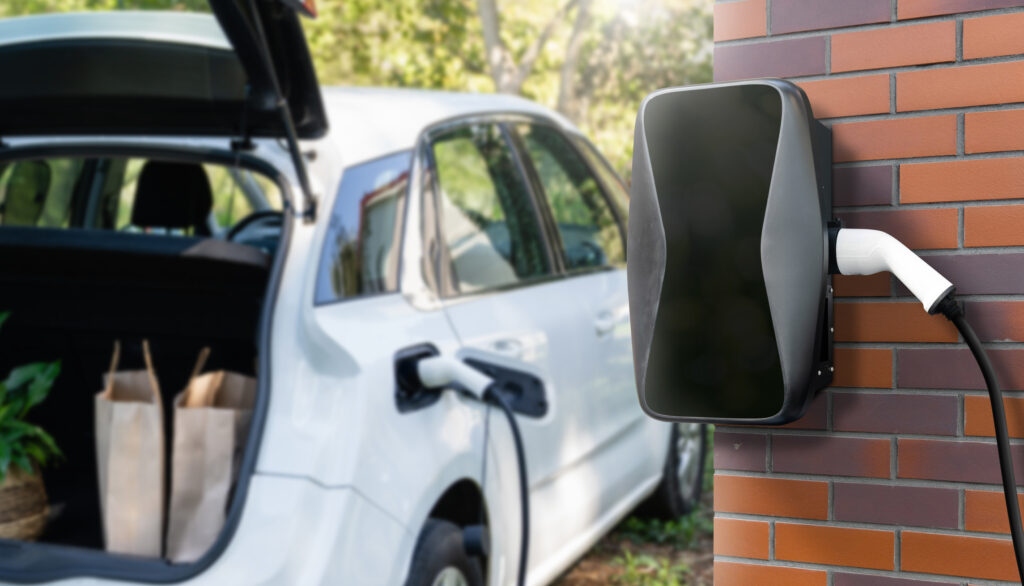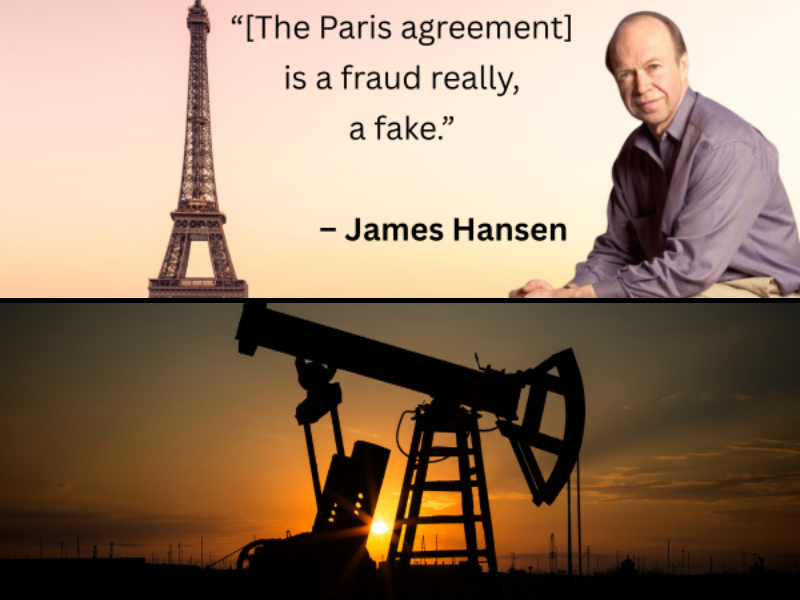The recent California fires, which collectively destroyed at least 12,000 structures in the Palisades and Eaton areas, had a higher-than-average number of electric vehicles, officials said. Those fires provided a real-time glimpse of an uglier side of EVs not discussed in the recently released Larry Elder documentary, “Electric Vehicles: The Good, The Bad and The Ugly,” i.e., how to dispose of old or burned-out EV batteries.
After the wildfires ravaged homes in Los Angeles, California, cleanup crews faced a new challenge: Electric car batteries that can explode when damaged, as shown on 60 Minutes.
It’s appalling that the policymakers, just in wealthy countries, are setting “green” policies that continue to support humanity’s atrocities and environmental degradation in poorer developing countries that are mining for the exotic minerals and metals to go “green.”
In those wealthy countries, government mandates and tax incentives for people to buy EVs are shockingly a way to provide financial incentives for China and Africa to continue the exploitation of their people with yellow, brown, and black skin that mine for the exotic minerals and metals needed to construct an EV battery, and inflicting environmental degradation in their developing countries so those in wealthier developed nations can go “green.”
Lithium-ion batteries have become a growing concern following wildfires, particularly in California, due to the increasing sales of hybrid and electric cars. It is well publicized that California will require 35% of new vehicles sold in the state to be zero-emission by 2026, and all new vehicles to be zero-emission by 2035, However, the State lawmakers totally avoid any discussions about the uglier side of electric vehicles – how to dispose of the batteries from old or burned-out EVs.
These are just a few of the subjects that net-zero policymakers never discuss:
Lithium-ion batteries are very touchy. If they’re punctured, crushed, or overheated, they can short-circuit, catch on fire, or even explode. Things can get nasty when they do. EV battery fires can reach temperatures topping 1,000 degrees and emit toxic gases.
Extinguishing an EV battery fire requires a large amount of water, potentially thousands of gallons, depending on the specific battery and fire conditions. EV battery fires can take hours and tens of thousands of gallons of water to extinguish — unique challenges for firefighters. Lithium-ion batteries, particularly those using nickel manganese and cobalt oxide (NMC) cathodes, are more prone to thermal runaway and require even more water.
Burning electric vehicles (EV) batteries release toxic gases that pose risks to health and the environment. These gases include hydrogen fluoride, which can cause severe respiratory and skin damage. When burned, these batteries also release toxic vapors such as hydrofluoric acid and can leach toxic heavy metals into the ground.
If damaged or overheated, lithium-ion batteries can ignite or even explode — residual heat sets off a chain reaction that causes the batteries to heat up uncontrollably and spontaneously combust, a process that can happen over days, weeks or months.
Additionally, the combustion of EV batteries can release other toxic substances like carbon monoxide, hydrogen cyanide, and heavy metals, according to a news article from the University of Miami.
As cleanup efforts continue in the Los Angeles area neighborhoods marred by wildfires, one of the biggest challenges is the large number of lithium-ion batteries that were caught in the flames. The cleanup process is complex and resource-intensive.
The California Office of Emergency Services has already sent hazmat teams to inspect homes in the Palisades and Eaton fire areas for lithium-ion batteries and flag where they’re present. The EPA has what it refers to as a battery recovery team that oversees efforts to collect them. Chris Myers, a lithium-ion battery technical specialist involved in the EPA cleanup, said. “It is very likely that these batteries were not all consumed in the fire, so now they’re damaged, which means they’re all dangerous,” he said. Myers explained that the battery systems in hybrid and electric cars are well-protected, so even vehicles that were damaged by the fires may still have charged batteries.
Handling the batteries requires a great deal of technical sophistication and care. The EPA team must wear flame-resistant clothing underneath disposable protective suits. Masks cover their faces, and either come with insertable cartridges to filter out chemicals or attach to air tanks. The crew blocks off the area where it’s working and keeps water on site in case flames erupt.
Before they can be sent to a waste or recycling facility, the collected batteries must be de-energized so that they hold no charge or very little charge. To do that, Myers said, the EPA will likely use a process developed after the Maui wildfire in 2023, which involves submerging the batteries in a solution of saltwater and baking soda. Once the batteries have lost their charge, they can be crushed with a steamroller or shipped to a facility in special packaging and eventually sent to a recycler who can salvage the critical minerals in them.
Readers are encouraged to view the Larry Elder documentary “Electric Vehicles: The Good, The Bad and The Ugly“ to learn more about the shell game wealthy countries are using to exploit developing countries to support so-called clean and green electric vehicles, and decide for themselves if the world economies and the environment can accommodate EVs to satisfy the transportation needs for all, not just the few elites on this planet.
And now, as the early electric vehicles (EVs) age, we need to address an even more pressing issue – disposing of the toxic EV batteries from old or damaged EVs, which pollute the air we breathe and the land we walk on.
First Published at America Out Loud NEWS





